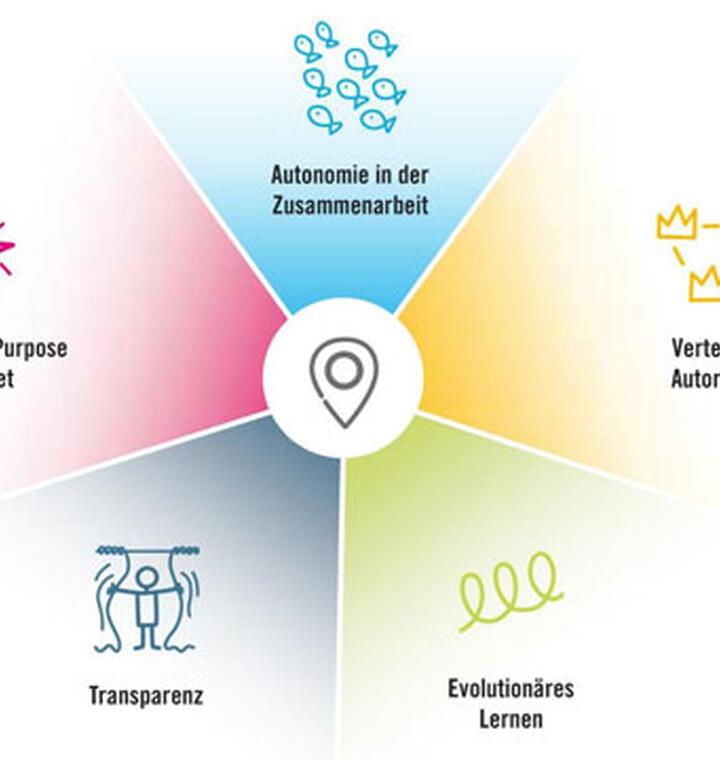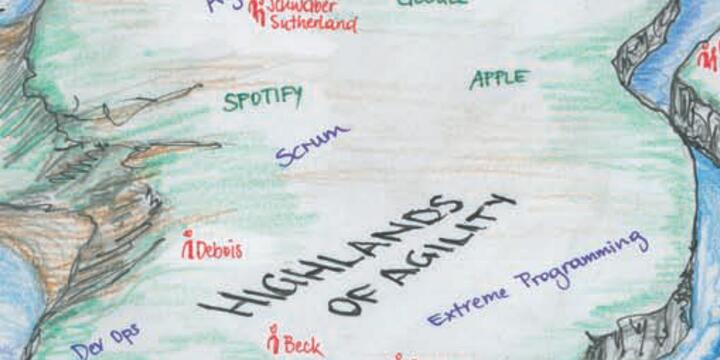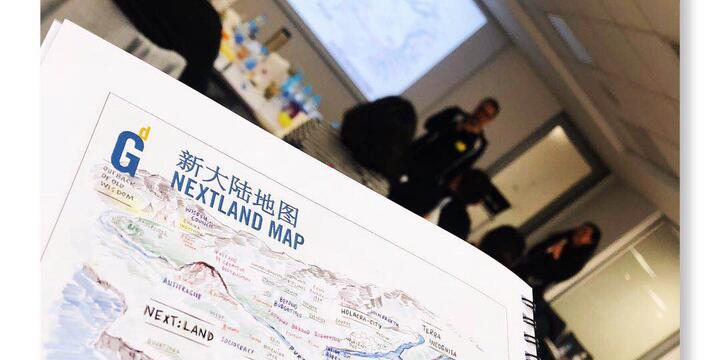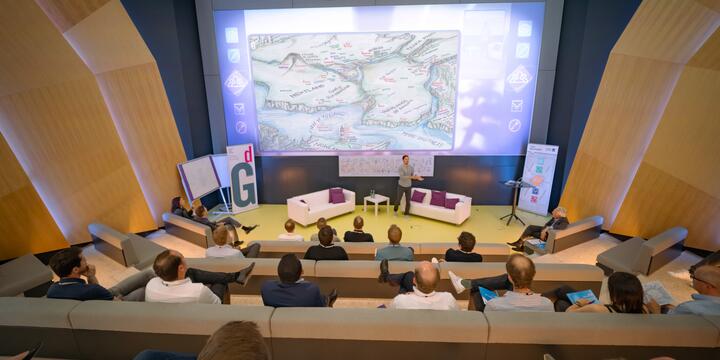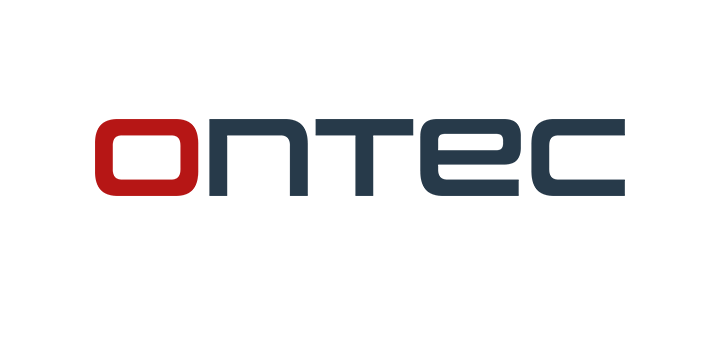5 Principles of next:land:
Purpose-Driven
Why Purpose? Whereas for centuries organizations were focusing on delivering shareholder value, we believe that next:land organizations will be organized for purpose. This becomes a building block for organizations in ever-changing external contexts, where there very little orientation and stability coming from the outside world. We see organizations struggling with complexity, becoming incapable of making decisions in a VUCA context. Thus, orientation and guardrails for decision-making need to come from somewhere else, then from looking outside. Organizations need to look inside, become aware of their DNA. What is it that the organization wants to bring into the world? Which difference do we make as an organization? Clarity of purpose creates a shared higher meaning and invites humans - may it be employees, customers, or investors to relate to that meaning. Is it something I feel worthwhile contributing to? Organizing around purpose is a shift from push to pull: like putting a magnet under the table to align iron filings. Success and shareholder value become by-products of pursuing the organizational purpose. And since context changes, purpose can evolve over the course of organizational life.
If you strip it down to very core, there is (according to Niklas Luhmann - systems theory) two different principles for organizations to influence and prescribe behavior (make specific behavior more probable than others).
- The first one are conditional programs that connect responses to stimuli - if X happens, do Y - is the classical solution for bureaucracies - organizations that are great for stable environments that allow prediction and formulation of that kind of rules which are enacted repeatedly.
- The second option are purpose programs where the organizations relies upon individuals making the right choices, guided by a purpose to achieve. This is an option that is specifically suitable for environments that are too complex or turbulent to be addressed with prefabricated rules.
Obviously, today’s world is for most organizations too turbulent for defined If-then-else rules.
What’s Purpose about?
Purpose is like an end goal that an organization seeks to attain, it’s the basic reason for being of an organization. A “higher goal” that gives (long-term) orientation like the Polar-Star - knowing, that “arriving” there is not the goal. Purpose should not be confused with specific goals or business strategies which are changing more often. Whereas you might achieve a goal or complete a strategy, you cannot ultimately “fulfill” a purpose; it’s like a guiding star on the horizon—forever pursued but never reached. It’s the driver underlying every step you take – consciously or unconsciously. It is the reason why you went on the journey.
And purpose is always there. Whether it’s explicit or not. Like a star that remains even if you cannot see it during daylight. In many cases the clarity of purpose is somehow diluted by other stuff. Discovering the organization’s purpose is more about becoming aware of it, often recalling it by connecting the dots looking backwards. To discover the purpose means to explore it in the past, feel how it manifests in presence and understand its guidance into an unknown future.
What purpose is NOT ...
- a marketing slogan that is designed to attract customers
- a strategic pathway for the future
- something that is invented in the mind of a few, e.g. crafted by the top-management
- what you do or where you want to be in the future
- directly related to making a profit or increasing shareholder value
- CEO-coupled and thus changing with every new CEO
What purpose is ... (qualities)
- directly related to your products/services and what they do/deliver/cause in the world
- it is the DNA which is expressed in every moment, whether it is explicit or not.
- has the potential to orient anything the organization does
What are the specific differences between mission and purpose?
Most organizations think of a mission as a way to align everyone in the organization to the same focus. It describes what business the company is in now and what business it plans to be in in the future. The common purpose goes beyond the mission, acting as the unifying principle that drives everything the organization does. A mission supports a company to achieve something, but a company lives for its purpose.
How this principle shows up in practice
... different levels of being purpose-driven:
Level 1: Purpose, mission, vision are not really differentiated.
The company is working with the WHY and the story to be told is “it isn´t solely about money-making”. The idea of purpose is mostly driven by a marketing-view and undifferentiated between internal and external impact. It is driven by the question of USP and the finding a distinguishing feature compared to other companies. (“What makes us special?” rather than “Why do we exist and what do we want to bring into the world?”). It is often seen as a “must-have” of good management and mirrored in broad mission/vision/value initiatives.
Level 2: Espoused Purpose: There is a conscious differentiation
... between WHY (purpose), WHAT (vision, strategic intent) and HOW (strategic initiatives and pathways), which helps orientating. However, in everyday business-life purpose is not used as the key point of reference for decision-making. But purpose is still a basis to which the organization refers when it comes to a deduction of the strategic focus.
Level 3: Purpose-in-use - “Management by Purpose”
The purpose is completely explicit, shared and has impact on everyday business decisions. Even the purpose itself is subject of an evolutionary development. For decision-making- processes the question “whether it serves the purpose or not” is used as anchoring point. A Purpose-Hierarchy replaces the Power-hierarchy. Even seemingly difficult decisions are with reference to purpose easy to take, because there is a “true north” about what is in scope to pursue the purpose and what is not. It results in a clear and shared understanding of an organization’s/team’s purpose, which provides a strong sense of direction and cohesion. An energy that inspires and gives direction and offers every member/employee the opportunity to individually evaluate fit with the organizational purpose. (companies like Patagonia, august, encode, Buurtzorg, dwarfs and Giants,…).

